This article looks at several motherboard chipsets, including X299 and X399, comparing how well they handle performance scaling across multiple GPUs in the FurryBall RT benchmark.
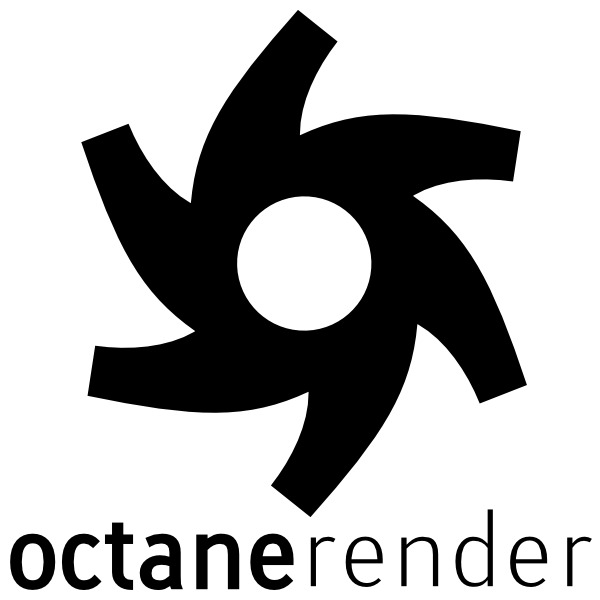
OctaneRender GPU Platform Comparison: Skylake X, Xeon W, and Threadripper
This article looks at several motherboard chipsets, including X299 and X399, comparing how well they handle performance scaling across multiple GPUs in OctaneBench 3.06.2.

V-Ray GPU Rendering Platform Comparison: Skylake X, Xeon W, and Threadripper
This article looks at several motherboard chipsets, including X299 and X399, comparing how well they handle performance scaling across multiple GPUs in V-Ray 3.57.01.
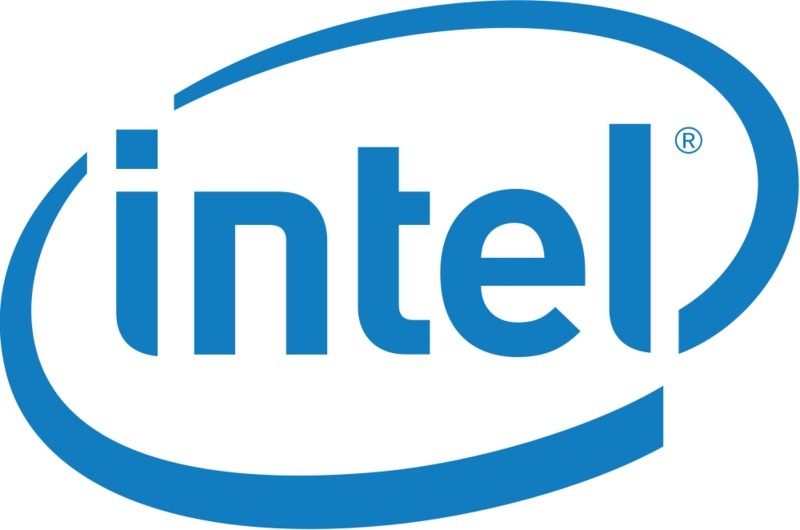
X299 vs X99: What is the Difference?
With the release of the first Skylake-X and Kaby Lake-X CPUs, Intel has also launched the new X299 chipset. But what makes it different from the old X99 chipset?
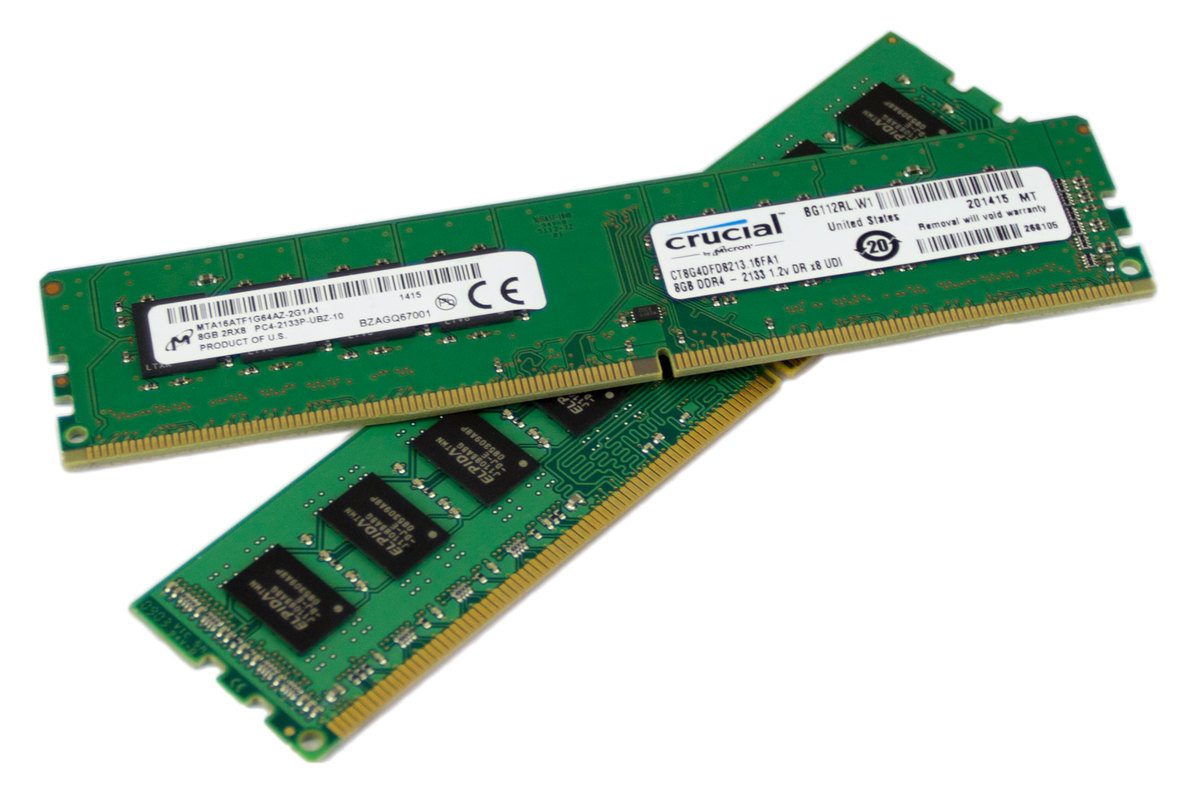
Tech Primer: DDR4 RAM
DDR3 is almost seven years old, but is finally starting to be replaced with the new DDR4 memory. Featuring lower operating voltages, higher frequencies, and increased storage densities DDR4 is shaping up to be a very capable successor to the aging DDR3.
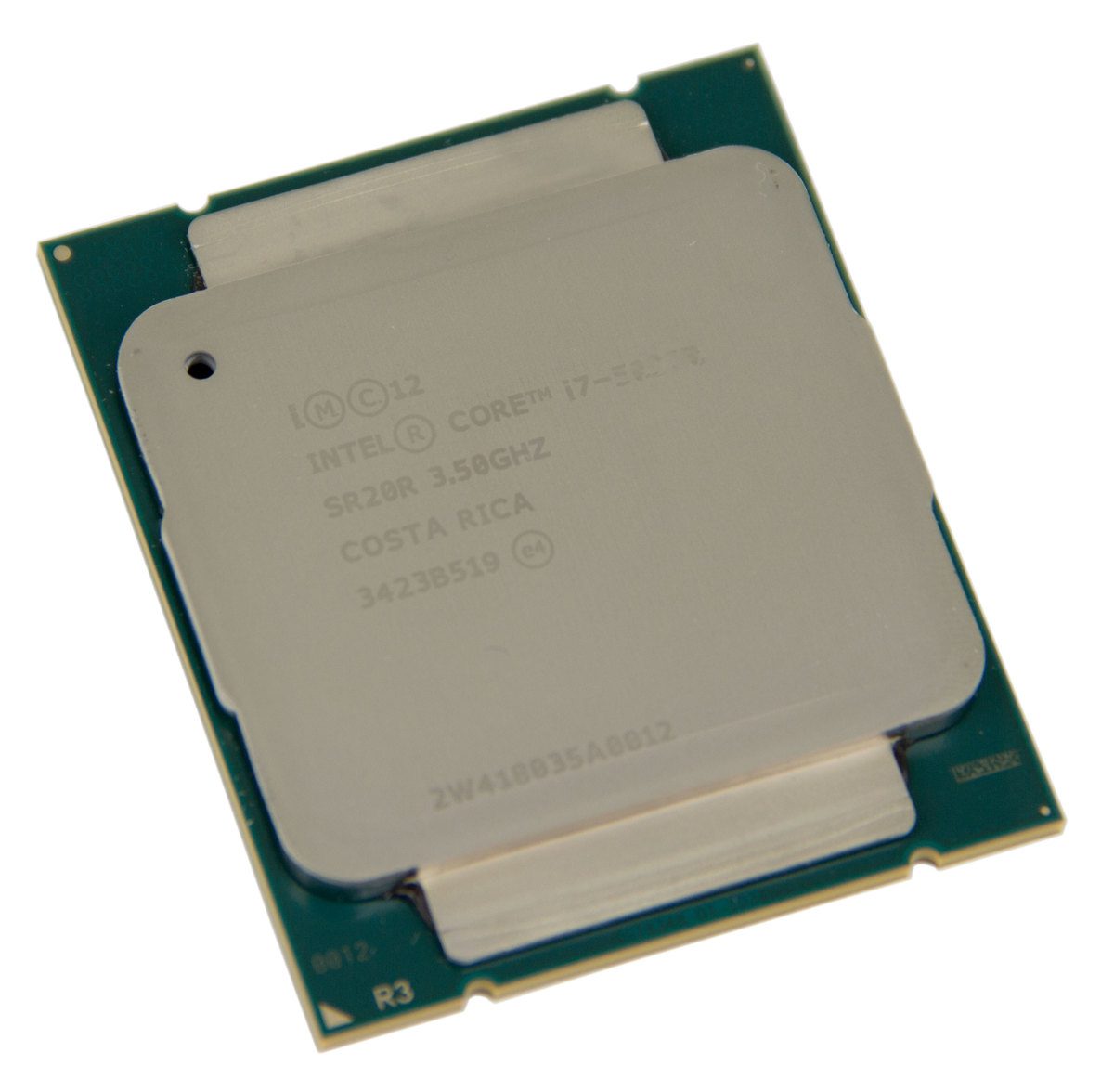
Core i7 5960X vs. 4960X Performance Comparison
Typically, a new CPUs is faster than it’s predecessor – it is just a question of whether is it by a little or a lot. The new Intel 5960X, however, is not typical because it sacrifices clock speed in order to add more cores. In this article we want to run a wide variety of benchmarks to find out what applications benefit from the additional cores and which suffer from the drop in clock speed.
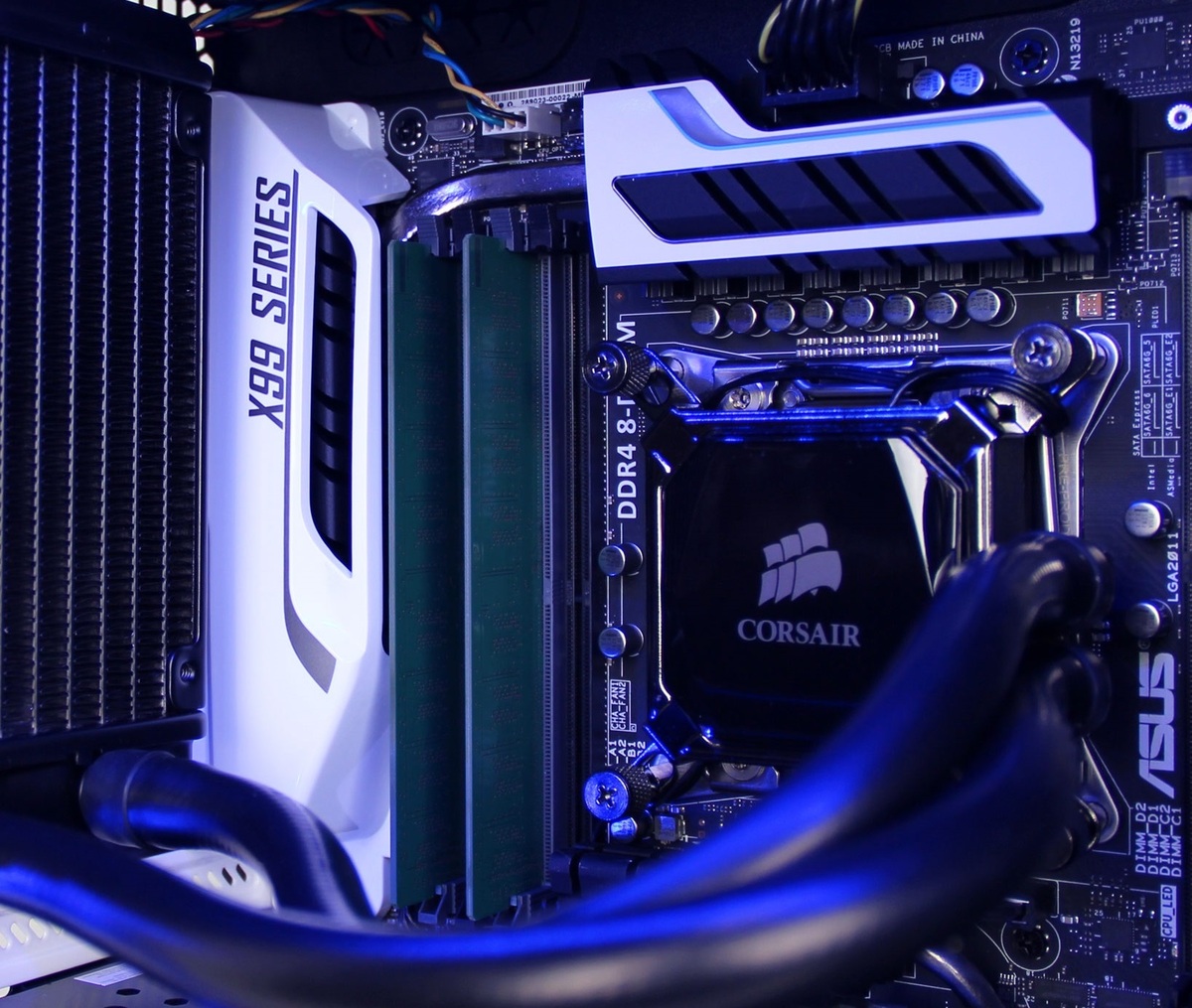
X79 vs X99: What is new in X99 and Haswell-E
The X99 chipset is a major improvement over X79 adding native USB 3.0 support, more SATA 6Gb/s ports, DDR4 support, and plenty of other little updates. Haswell-E also adds a lot of improvements, but has an overall drop in core frequency that makes it not as clearly better than Ivy Bridge-E.




